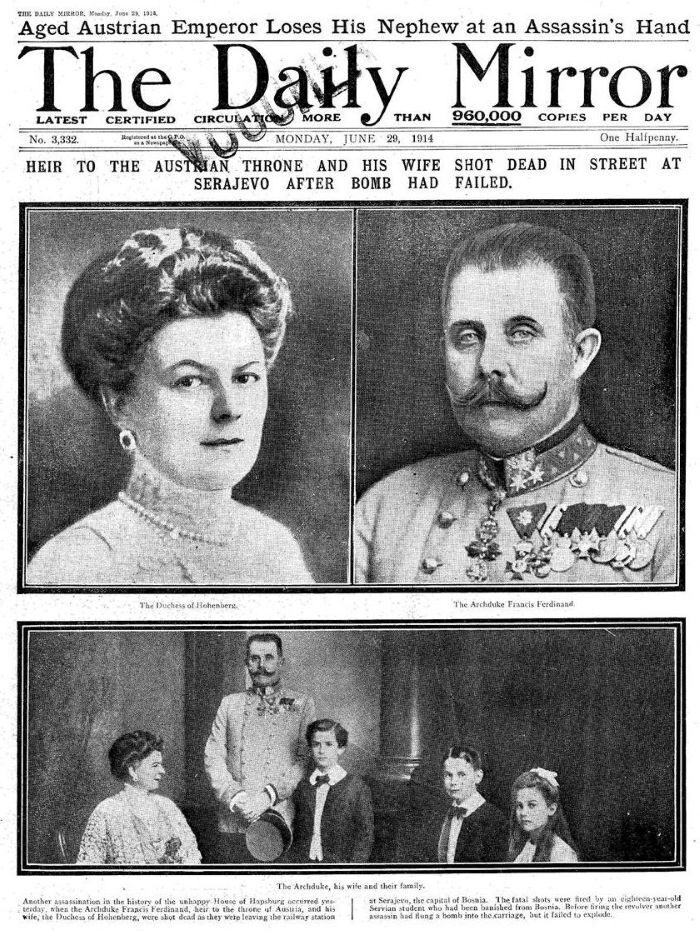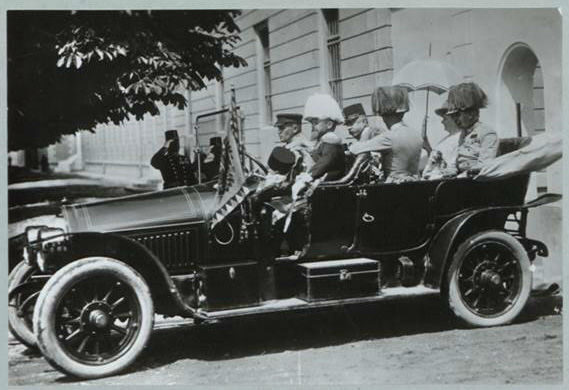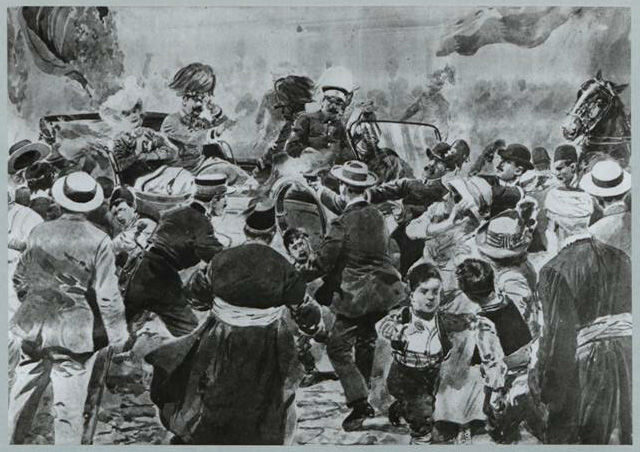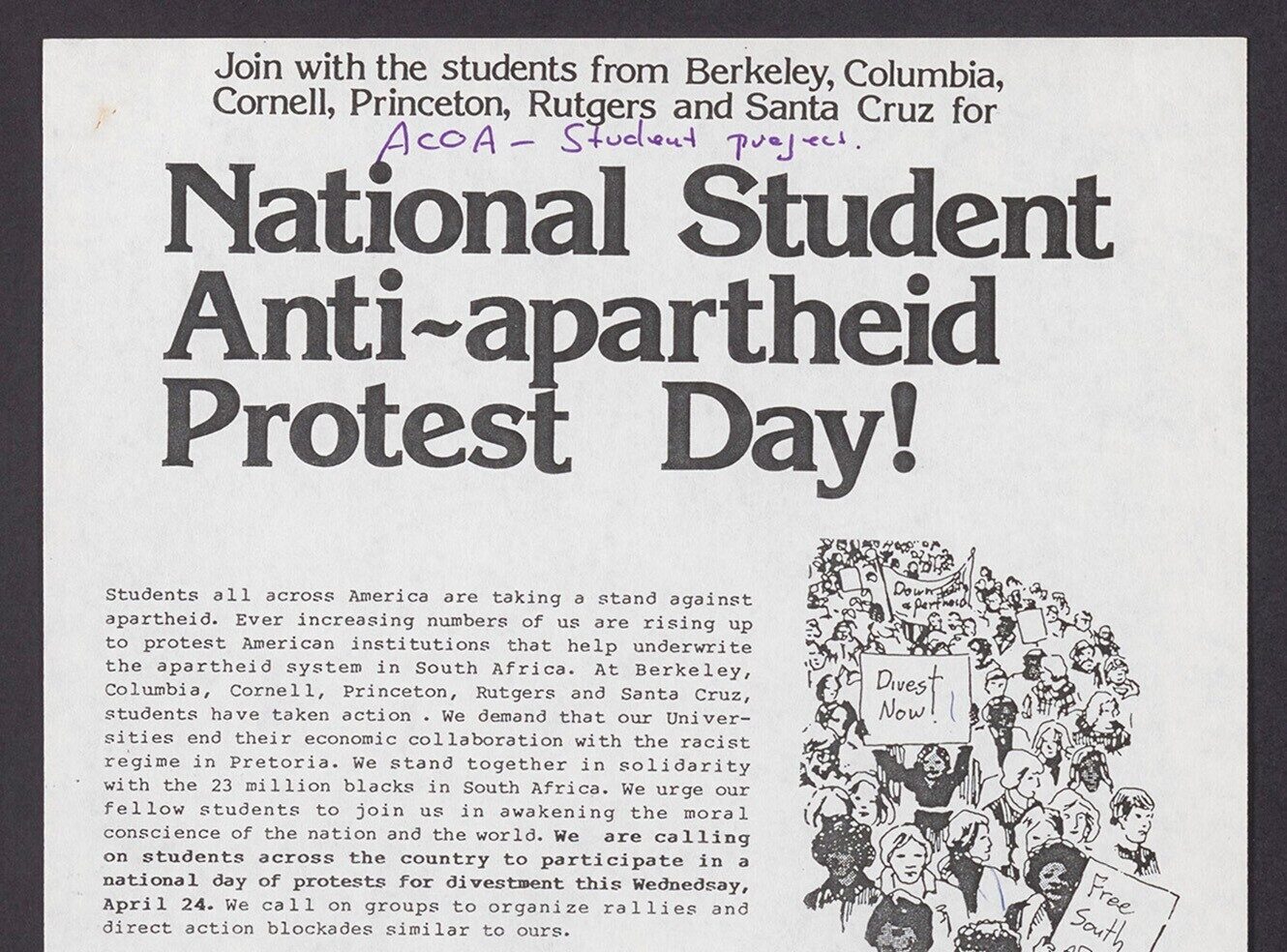The assassination of Archduke Franz Ferdinand
On 28th June 1914, Archduke Franz Ferdinand was assassinated, an incident that stunned Europe and set in motion a series of events leading to the outbreak of World War I. AM’s First World War Portal contains documents, images and video footage that help to tell the story of the shooting and its aftermath.

The Daily Mirror 29 June 2014. Image © Mirrorpix. Further reproduction prohibited without permission.
One particularly interesting item is the diary of Jane Abbott. She was visiting Vienna when the Archduke and his wife were shot. Her account of the days around the assassination mix the thoughts and feelings of a shocked and subdued city with the everyday experiences of a tourist. After returning from a day out, Jane ‘...found that the heir to the throne and his wife had been assassinated and killed.’ She commented on the terrible nature of the shooting, before adding ‘...but it must be a relief to the Emperor and to the people that he will not succeed to the throne’. Abbott’s diary gives the impression that Ferdinand and his wife were not especially well-liked.

The Archduke and his wife shortly before their assassination. Image © Imperial War Museums. Further reproduction prohibited without permission.
Even so, people were clearly saddened by the news, and after hearing the details of what happened the author described the situation as ‘...a terrible, terrible thing to happen in a civilised world.’ She was particularly concerned for the well-being of the dead couple’s sons and daughter, stating that ‘...the heart of the whole world bleeds for the agonized children.’ The reaction in Vienna seems to substantiate this claim, as the diarist twice commented on the silence that hung over the city in the following weeks. The funerary procession in particular was a solemn occasion. It took place on the 2nd July, and Jane described standing among a mass of people along the route ‘...for at least an hour before they passed.’ Once again, it was the sheer silence of proceedings that had the most profound impact on her.

An artist's impression of the assassination. Image © Imperial War Museums. Further reproduction prohibited without permission.
The full consequences of the assassination could not be known by Abbott as she watched the funeral. Over the next four years, around 16 million people would die and a further 21 million would be wounded. It is with this in mind that we now view Franz Ferdinand’s death, and seek out records of that fateful day.
Jane Abbott’s diary is just one of many resources relating to the assassination featured in the First World War Portal. The collection also includes contemporary issues of the Daily Mirror, tracing events from the shooting to the outbreak of war; photographs of the Archduke taken shortly before his death; and two short film clips - one showing his arrival at Sarajevo Town Hall, the other capturing the aftermath of the first attempt on his life.
For more information about the First World War Portal, including free trial access and price enquiries, please email us at info@amdigital.co.uk.
Recent posts

The blog highlights American Committee on Africa, module II's rich documentation of anti-apartheid activism, focusing on the National Peace Accord, global solidarity, and student-led divestment campaigns. It explores the pivotal role of universities, protests, and public education in pressuring institutions to divest from apartheid, shaping global attitudes toward social justice and reform.

This blog examines how primary sources can be used to trace the impact of young voices on society, particularly during pivotal voting reforms in the UK and the US. Explore materials that reveal insights into youth activism, intergenerational gaps, and societal perceptions, highlighting their interdisciplinary value for studying youth culture, activism, and girlhood across history.
